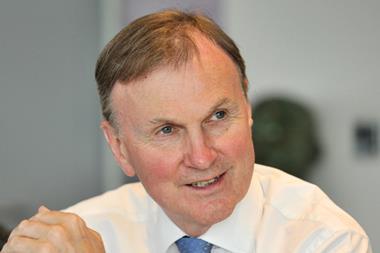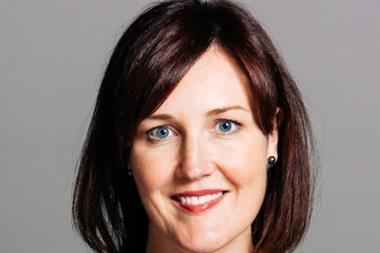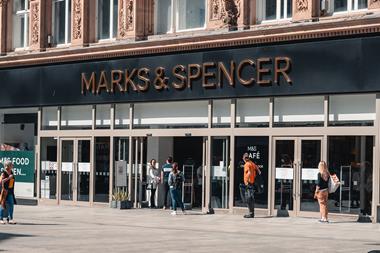Ever wondered what Debenhams’ 150 stores would turn over if they achieved similar sales densities to John Lewis’s 29 department stores?
Want to know more about Debenhams?
For detailed data and analysis of Debenhams visit Retail Week Knowledge Bank now
The answer is about £8.5bn, against £2.6bn currently, which would mean Debenhams vying with Marks & Spencer as the UK’s fifth largest retailer, behind the big four grocers.
As Retail Week Knowledge Bank’s updated Debenhams profile highlights, Britain’s numerically largest department store chain has restored densities to £235 per sq ft. This still compares unfavourably with John Lewis’s remarkable £750 per sq ft, meaning the latter’s sales from its 3.9 million sq ft are only just below those of Debenhams’ 11 million-plus sq ft.
Debenhams, though, is not out of line with many competitors: House of Fraser’s latest figure is £190 per sq ft, with Beales on £165 per sq ft. Fenwick, however, manages almost £350 per sq ft. Does this mean John Lewis is just an exceptional one-off? No. Selfridges achieves more than £600 per sq ft, with Harvey Nichols and Marks & Spencer in the £500 to 600 per sq ft bracket, although M&S includes a significant food proportion.
So, it is not impossible to imagine Debenhams - or others - closing the gap significantly, albeit presenting a management challenge of rethinking everything to do so.
But over time it must be a realistic target for department stores with densities below £250 per sq ft to, say, double them - with a dramatic impact on profitability. How is Debenhams currently going about it? Initially by increasing own bought sales from 70% to at least 85%, as well as reallocating space, thereby offering a point of difference with its particular mix of own-bought house brands, plus Designers at Debenhams, and a leavening of concession brands.
Densities may already be improving, but need to go much further.
For comprehensive analysis of every top 200 retailer in the UK, visit retail-week.com/rwkb


























1 Reader's comment